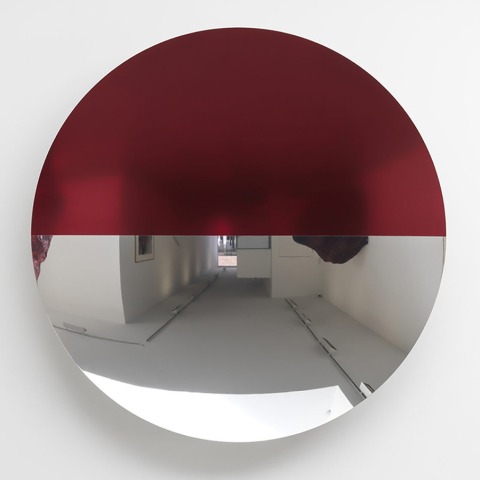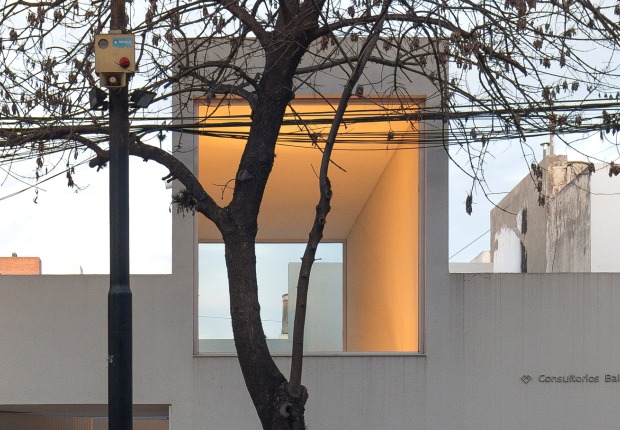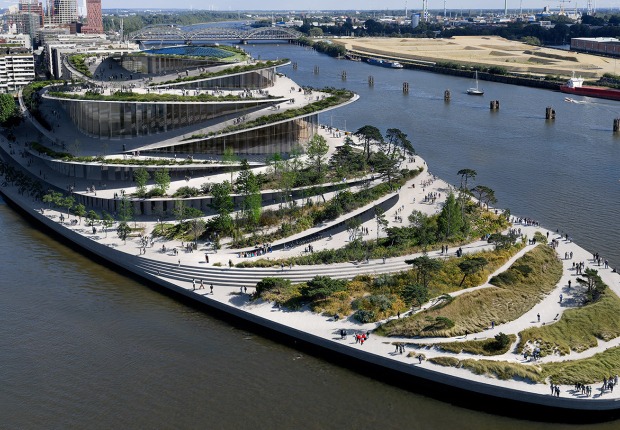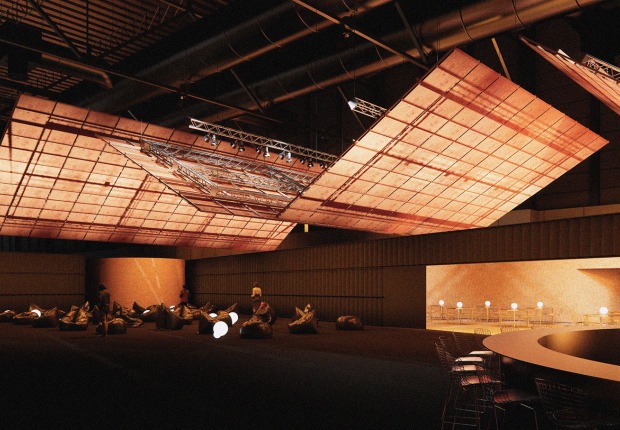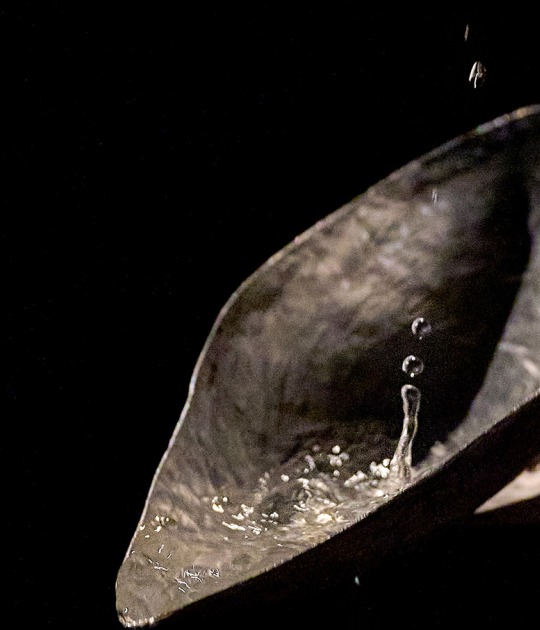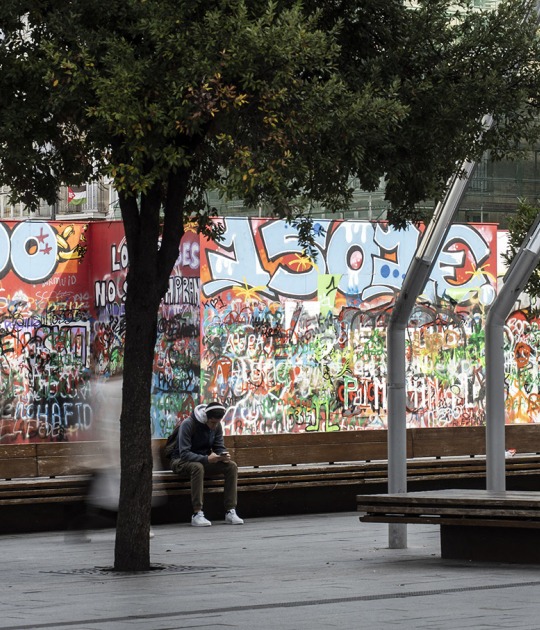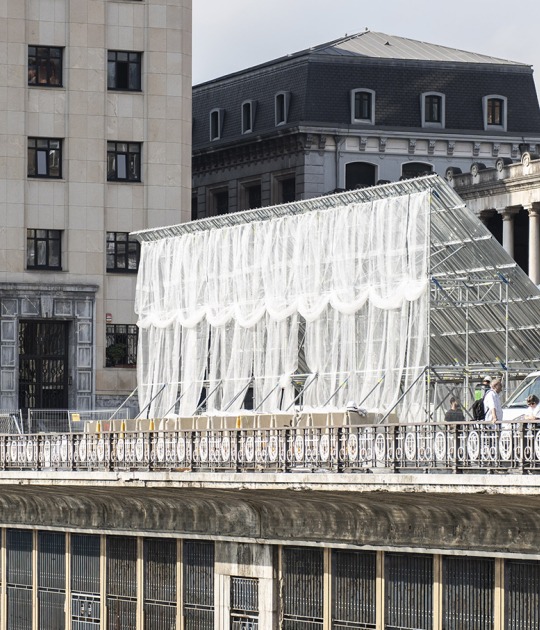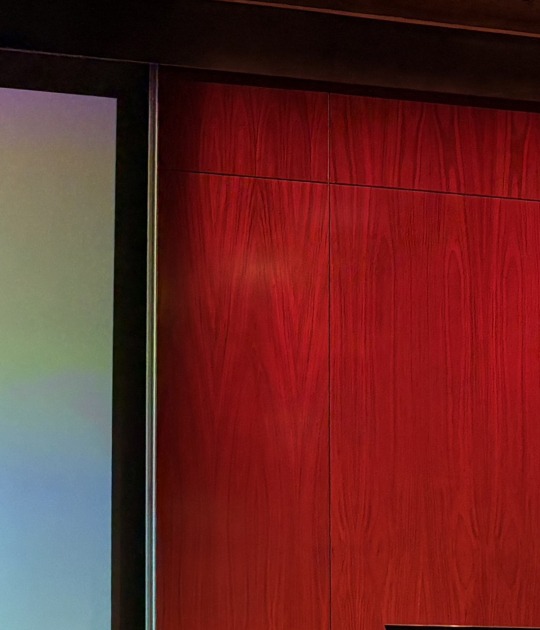Juan Muñoz was born in Madrid in June 17th,1953, and died in Ibiza, August 28th, 2001. He was tutored by art critic Santiago Amón, who played a major role in his education. In 1970, he moved to London where he studied at the Central School of Art and Design and the Croydon School of Art. In 1981 he received a Fulbright fellowship, allowing him to study at the Pratt Graphic Center and take a position as artist in residence at the PS1 Contemporary Art Center in New York.
After his stay in the United States, he moved to Madrid. In 1983, after curating two exhibitions, he abandoned curating to focus on sculpting, but he continued writing texts and collaborating with other disciplines. He held his first exhibition in 1984 and, during the decades that followed, created one of the most exceptional art careers of the last third of the 20th century.
Juan Muñoz explored the relationship between the human figure and the exhibition space. He explored new ways to distort space, using daring perspectives and variations of scale, not only to commit the spectator at the perceptual and sensory level, but also, and especially, to create psychological tension in individuals interacting with his work. Juan Muñoz is best known for his sculptural works in which the human figure is placed within elaborate or complex architectural environments, alienating settings, and fictitious worlds inhabited by a variety of characters, giving rise to endless possible narratives.
He created a new paradigm for artistic discourse. As the critic and historian Jan Avgikos has stated, he created a paradigm of expression without being expressionist, “blurring the lines between the past and the present”. In addition to his sculptural work, he also drew, created installations and sound pieces, and collaborated with actors, musicians and filmmakers, thus taking on the role of an authentic contemporary humanist.
As stated by Manuel Borja Villel, director of the Reina Sofía Museum, “in every one of these productions, we find points of connection within a coherent but runaway universe which, frequently operating from a standpoint of absence, always allude to something beyond their own disciplinary or referential formulation”.
“Encontrar un sujeto en la figura humana que guíe la atención del espectador hacia el sentido de ‘lo otro’ implícito en la figura en sí misma.” Juan Muñoz.
